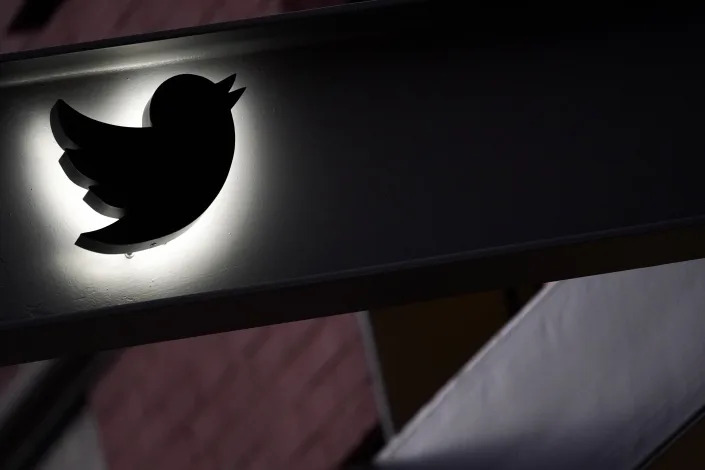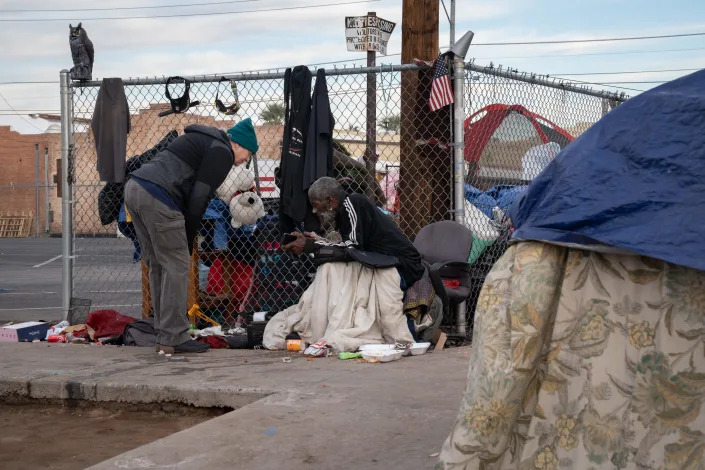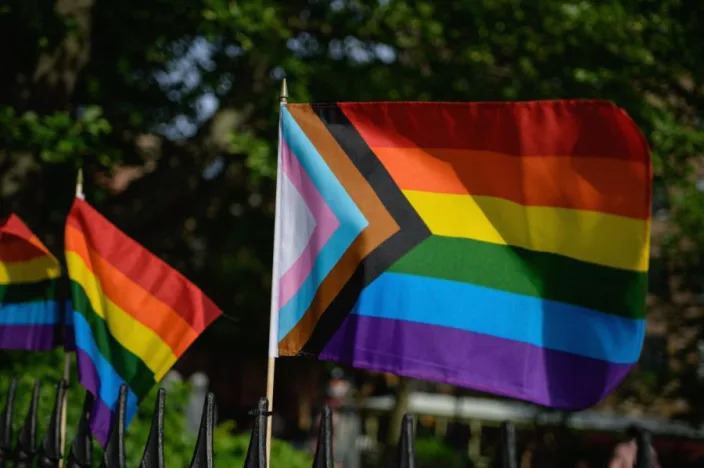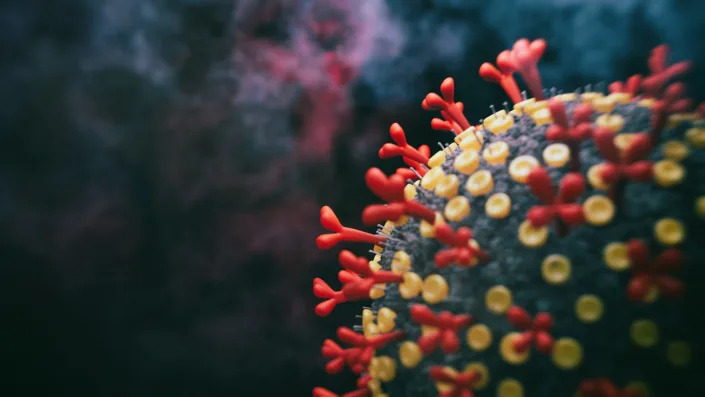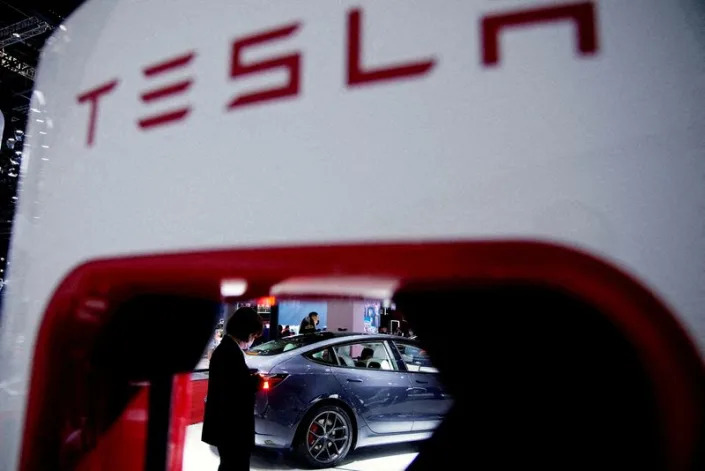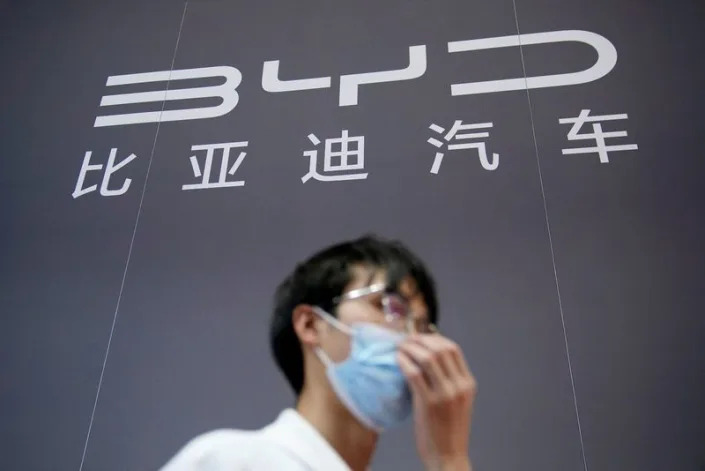
Will Daniel
Fri, January 6, 2023
Turns out inflation wasn’t “transitory.” Federal Reserve officials were convinced in 2021 that consumer price increases wouldn’t last, and that they needed to maintain near-zero interest rates to help the economy navigate COVID-19. But Neel Kashkari, president of the Minneapolis Federal Reserve, now admits that was a mistake.
“Many of us—those inside the Federal Reserve and the vast majority of outside forecasters—together made the same errors in, first, being surprised when inflation surged as much as it did and, second, assuming that inflation would fall quickly. Why did we miss it?” he wrote in a Wednesday article for Medium.
Kashkari puts the blame on models that central bankers use to forecast inflation, arguing that they don’t properly account for something called “surge pricing inflation.” He used the analogy of Uber drivers’ experience on a rainy day to describe this type of inflation. Rideshare companies like Uber and Lyft offer their drivers so-called surge pricing when demand for rides spikes. Surge pricing can drastically increase the cost of a ride, thereby reducing demand and incentivizing more drivers to work and boost supply.
Kashkari argued that during the pandemic, the economy was hit with a form of surge pricing by corporations owing to a sharp rise in demand as COVID lockdowns took hold, coupled with shortages created by broken supply chains.
But unlike during surge pricing for rideshare companies, worker wages didn’t surge at the same rate. This dynamic caused inflation and corporate profits to soar, while real wages declined.
Kashkari said that the key to the Fed’s “miss” was that inflation over the past year has been driven by this surge pricing that the Fed models failed to take into account, rather than a tight labor market or changes to consumer inflation expectations—the two most common sources of rising prices during previous periods of high inflation.
“In these workhorse models, it is very difficult to generate high inflation,” he explained. “Either we need to assume a very tight labor market…or we must assume an unanchoring of inflation expectations. That’s it. From what I can tell, our models seem ill-equipped to handle a fundamentally different source of inflation, specifically, in this case, surge pricing inflation.”
Kashkari went on to say that he believed the Fed should continue raising interest rates “at least at the next few meetings” owing to its lack of ability to accurately forecast inflation. Cutting rates shouldn’t even be considered, he added, until officials are “convinced” inflation is “well on its way back down” to their 2% target rate.
“Given the experience of the 1970s, the mistake the FOMC must avoid is to cut rates prematurely and then have inflation flare back up again,” he said, referring to the Fed’s Open Market Committee, which determines interest rate levels. “That would be a costly error.”
Kashkari added that his article wasn’t meant as a criticism of fellow Fed officials, noting that he, too, was wrong about inflation last year.
“It is meant to be an honest assessment of what we missed and why we missed it in order to shed light on what we should learn going forward,” he wrote.
